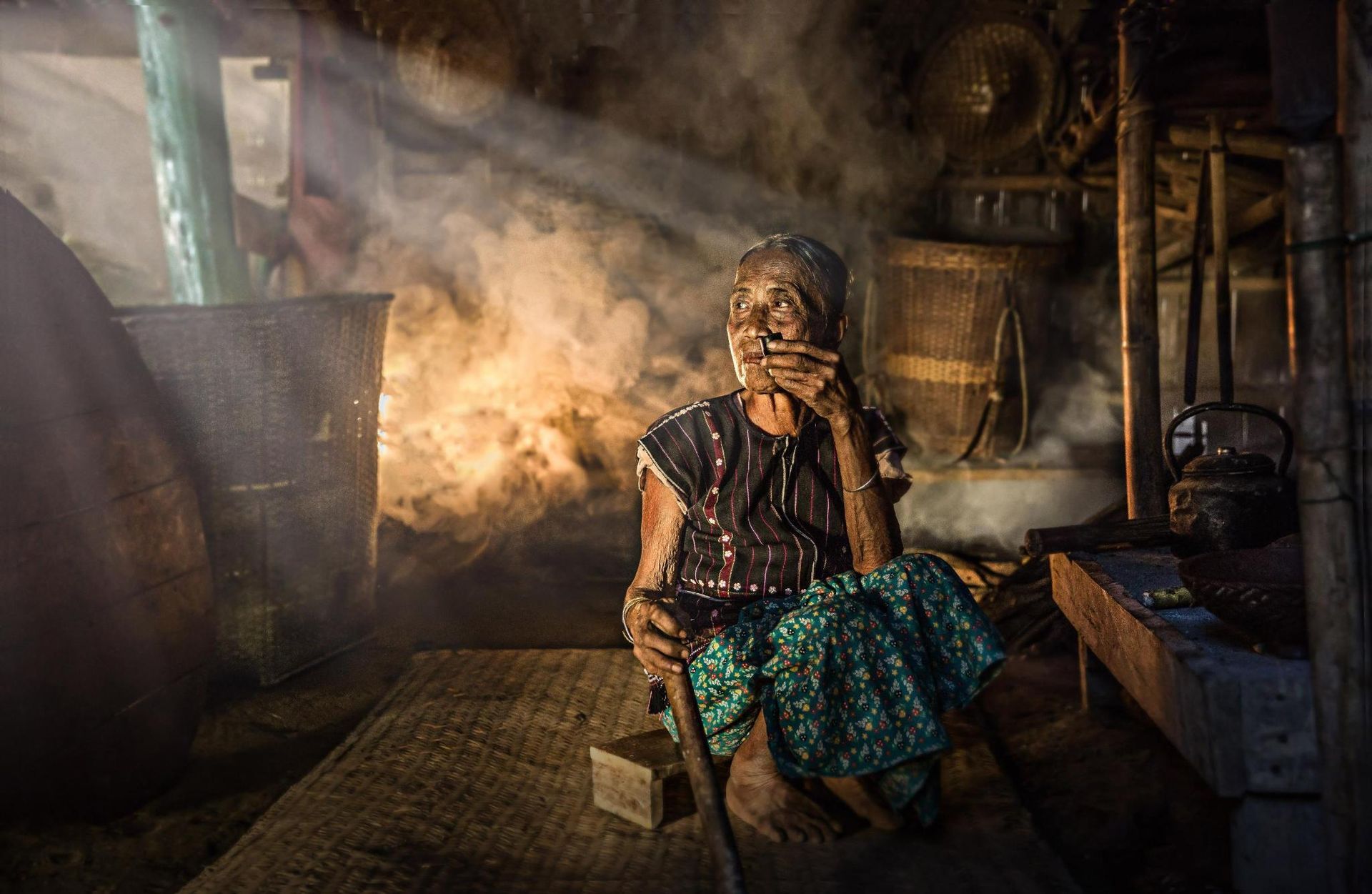© This article is an extract from Paul Hattaway's epic 656-page China’s Book of Martyrs, which profiles more than 1,000 Christian martyrs in China since AD 845, accompanied by over 500 photos. You can order this or many other China books and e-books here.
1937 - Wang Guanglong
September 18, 1937
Zhuozhou, Hebei
Salvation Army leaders in Beijing, 1951. Many of those pictured here were martyred for Christ by the Communists soon after this photo was taken. [Salvation Army Archival Center]
The Salvation Army, which came into existence as the Christian Mission in 1865 before being renamed The Salvation Army in 1878, was founded by the Englishman William Booth. In the last conversation Booth had with his son and successor Bramwell before his death in 1912, he urged him to extend the Army to China, exclaiming, “Don’t forget China!” The first Salvation Army officers arrived in Beijing in 1916, and within five years, bases had been established in eight different locations. By 1937, the Jiushizhun, as the Salvation Army was known in Chinese, had grown markedly. One source says, “The seed had become a tree. The single brick had become an edifice. In China there were now 300 officers (of whom 75% were Chinese), 82 corps and 27 social service centres.”[1]
When the Communists came to power in the late 1940s they were particularly vicious in their persecution of The Salvation Army. They viewed the military name and methods of the organization as they would a foreign army, and not as a spiritual ministry. In the late 1930s chaos reigned throughout China, with a complicated three-way war between the Communists, the Nationalists, and the Japanese invaders. Both the Communists and Japanese viewed The Salvation Army with deep suspicion. The Salvation Army leaders, all of whom wore military-style uniforms and held ranks and titles equivalent to the British army, were watched closely by all sides in the conflict. The tense atmosphere finally spilled over into violence in 1937, when Japanese troops marched into the city of Zhuozhou, Hebei Province. The Japanese quickly struck
“down any resistance and wreaked havoc among the people. The streets were filled with refugees fleeing before the armed attackers. Helping them was [Salvation Army] Probationary-Lieutenant Wang Guanglong [Wang Kuang-Lung]. At noon, on September 18th, as he made his way back to the corps building, Japanese soldiers seized him. They ripped off his Salvation Army uniform, and, within sight of the corps hall, bayoneted him to death.”[2]
Due to the collapse of communication infrastructure, news of Wang’s death took two weeks to travel the 60 miles (97 km) to Beijing. Major Yin Hongshun, the leader of The Salvation Army in China at the time, recalled how Wang Guanglong
“was the cadet whose ability before the microphone had given him a highly effective ministry through the North China Christian Broadcasting Association. His radioed words had been spiritually and morally strengthening to many listeners. But now he had gone to God.”[3]

1. Brown, Yin, 101.
2. Brown, Yin, 101-102.
3. Brown, Yin, 102.




